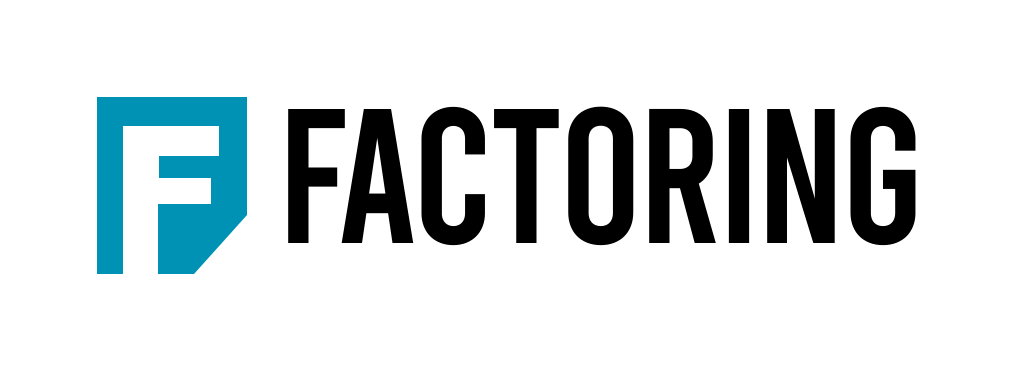Calculating the cost of invoice factoring can seem daunting at first, but it’s really quite simple. You just need to know a few key factors. Here’s a quick guide to help you get started.
Contents
What is Invoice Factoring?
Invoice factoring, also known as factor finance or accounts receivable factoring, is the process of using a third party to finance invoices. This can be a great option for businesses that need money quickly to cover expenses. The third party, known as a factor, will purchase the invoices from the business and then collect the payments directly from the customers. This allows the business to get the money it needs right away, and it doesn’t have to worry about waiting for payments to come in.
- Determine the size of your invoices. This is usually the total amount owed to you by your customers, minus any discounts they may have taken.
- Find out the factoring rate. This is the fee that the factor charges for their service. It’s typically a percentage of the invoice amount, and it can vary depending on the type of invoice and the length of time it takes to get paid.
- Determine the length of time it takes to get paid. This is important because you’ll need to factor in the time it takes for your customers to pay their invoices when calculating the cost of factoring.
- Multiply the invoice amount by the factoring rate to get the cost of factoring. For example, if you have an invoice for $1,000 and the factor charges a 3% rate, the cost of factoring would be $30.
- Add any other fees that may apply. Some factors charge additional fees for things like account maintenance or funding advances.
- Calculate the total amount you’ll need to pay back to the factor. This is usually the original invoice amount plus the cost of factoring, plus any additional fees.
- Divide the total amount you’ll need to pay back by the number of days it will take to get paid. This will give you the daily factoring cost. For example, if it takes 30 days to get paid and the total amount you’ll need to pay back is $1,030, the daily factoring cost would be $34.33.
- Multiply the daily factoring cost by the number of days it takes to get paid. This will give you the total cost of factoring for the invoice. In our example, that would be $34.33 x 30 days, for a total cost of $1,029.90.
What do factoring fees pay for?
Factoring fees pay for the factoring company’s services. This includes things like account management, collections, and funding advances. The fee also helps to cover the cost of credit risk, which is the risk that the factor takes when they purchase an invoice. In short, factoring fees pay for
– Covers the administrative costs of factoring
– Pays for the time it takes for your customers to pay their invoices
– Factoring fees help pay for the administration and managerial cost of providing finance consulting using a unique form of financing
Can you provide an example of factor financing
Yes – let’s say you own a trucking company and need a loan to purchase more trucks. You could go to a bank and apply for a loan, but it would likely take weeks or even months to get the money. Alternatively, you could go to a factoring company and get the money you need right away. The factoring company would purchase your invoices from you and then collect the payments directly from your customers. This allows you to get the money you need right away, and you don’t have to worry about waiting for payments to come in.
The cost of invoice factoring can seem daunting at first, but it’s really quite simple. You just need to know a few key factors. Here’s a quick guide to help you get started.
What is Invoice Factoring?
Invoice factoring, also known as factor finance or accounts receivable factoring, is the process of using a third party to finance invoices. This can be a great option for businesses that need money quickly to cover expenses. The third party, known as a factor, will purchase the invoices from the business and then collect the payments directly from the customers. This allows the business to get the money it needs right away, and it doesn’t have to worry about waiting for payments to come in.
The cost of invoice factoring can seem daunting at first, but it’s really quite simple. You just need to know a few key factors. Here’s a quick guide to help you get started.
What do you need to get started factoring invoices?
To get started factoring invoices, you’ll need to have a few key things in place. You’ll need to have a good credit history, and you’ll need to be able to provide copies of your invoices. You’ll also need to find a factor that’s a good fit for your business.
Once you’ve gathered all the necessary information, you can get started by filling out an application with the factor. They will review your information and let you know if you’re approved. Once you’re approved, the factor will purchase your invoices and begin collecting payments from your customers.
Conclusion
The bottom line is that the cost of factoring invoices is really quite simple to calculate. Just remember to factor in the size of your invoices, the factoring rate, and the length of time it takes to get paid. And don’t forget to add in any additional fees that may apply. With a little bit of math, you’ll be able to calculate the cost of factoring invoices in no time.

